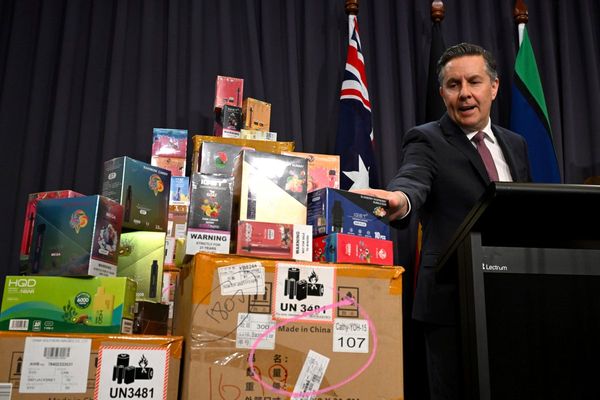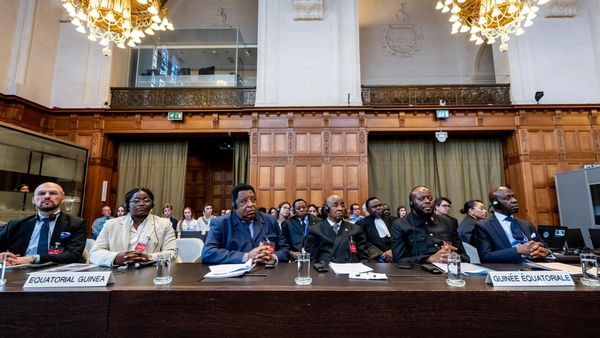
Modern paper currency in India traces its origins to the late 18th century when private and semi-government banks issued notes.
The Paper Currency Act of 1861 gave the government the monopoly of issuing notes. And it did till April 1, 1935 - when the Reserve Bank of India was established. The government continued to issue one-rupee notes till 1994.
Independence from the British rule meant currency management and design, too, had to transition. The government introduced the first new design of a Re 1 note in 1949.

There was a job at hand: replacing the king’s portrait on surviving notes, which were being used until the new designs were introduced. The government thought of Mahatma Gandhi’s portrait instead, but settled on the image of the Sarnath Lion Capital.

1953: Notes displayed numbers and text written in Hindi.
A consensus was reached to call the Indian currency -- Rupaya -- ‘Rupiye’ in Hindi plural.
1954: High denomination notes of Rs 1,000, Rs 5,000 and Rs 10,000 were introduced.


India’s first demonetisation in 1978: The government withdrew Rs 5,000 and Rs 10,000 currency notes from the economy. Then prime minister Morarji Desai banned all notes above Rs 100 to fight corruption.
1980s: Banknotes in this decade were issued with modern symbols of progress and science, and Indian art. There was Aryabhatta on the Rs 2 note, an oil rig on Re 1. The Konark wheel and peacock were other figures added to the currency (Rs 10 and Rs 20).

Cash as we know it today
1996 saw the introduction of ‘Mahatma Gandhi series’, which featured a new watermark, windowed security thread, latent image and intaglio features for the visually challenged.

The second demonetisation: Prime Minister Narendra Modi announced on November 8 last year the abolition of all 1000- and 500-rupee bank notes from the next day in a dramatic move aimed at stamping out corruption and draining illicit cash from the economy.


2017: The government announced in August the introduction of Rs 200 bank notes to increase availability of lower denomination in the economy.

The new bright yellow coloured note has windowed security thread, Sanchi Stupa motif and Denominational numeral in Devnagari.







